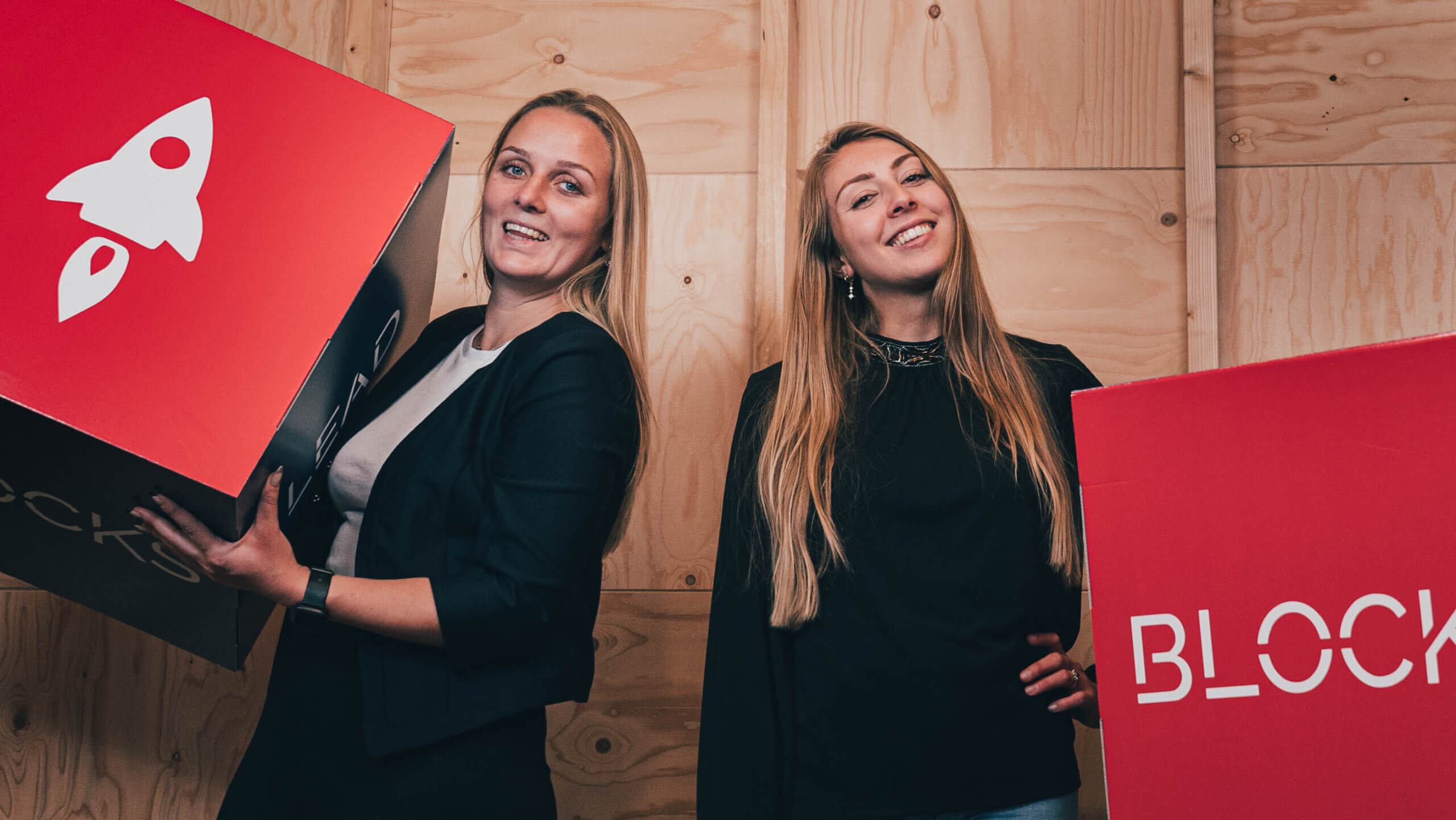Social Selling on LinkedIn: A Complete Guide for B2B Success.

With approximately half of the world’s population using social media, it is more crucial than ever to employ effective sales strategies like social selling. Business owners and sales leaders who want to improve how they present their offers, broaden their reach, and develop revenue streams must employ social selling.
Top-performing salespeople now access all the data they need to connect with the right customers and deliver the correct message at the right time. This is done by employing social selling tactics and technologies.
When a brand vies for a market share with others offering comparable goods and services, it can be difficult to stand out. However, with the help of social selling, both new and seasoned sales representatives can stand out in a saturated market.
We’ve put together a thorough guide covering everything from the concept of social selling, its best practices, and how to measure its effectiveness. This will help get you started on your social selling journey.
What is Social Selling?
Social selling, also known as virtual or digital selling, involves interacting with potential clients on social media and establishing connections. It’s a form of inbound selling that enables you to interact with customers more personally from the start, building credibility and trust.
Social selling generally refers to salespeople interacting directly with prospects and customers through social media profiles. Although the definition may primarily focus on sales teams, the marketing team may also participate in a social selling strategy.
Realistically, with social media algorithms evolving and how we connect to buyers, all employees should be actively involved in social selling, no matter what department.
Social selling in B2B involves generating relevant content for your target audience. When done right, you become a trustworthy authority, and your potential customer will automatically believe in you and your product or service. This strategy is excellent for generating leads. Like other conventional B2B selling tactics, creating relationships is based on trust.
In social selling, you don’t want to bombard or saturate your prospects with constant communications or pitches. This might be regarded as spam. You might realize that you are eroding it immediately rather than strengthening your relationship with your prospect.
Social selling is much more than just expanding your network of connections. Expanding your network with the people most likely to connect with and purchase your service, solution, or product is important.
Some connections may simply provide good advice for your development. Still, they will ultimately aid in your ability to do business.
Social selling interactions are designed to be memorable and meaningful, so your prospects will first think of your company or solution when making a purchase.
The Power of LinkedIn: The B2B Powerhouse of Social Selling
Twitter, Facebook, Instagram, and Snapchat are useful resources for learning more about your prospect’s hobbies and personality, especially for B2C businesses. These are also great for warming them up before reaching out and developing your subject matter knowledge. However, LinkedIn is arguably the best platform that brings in new business.
LinkedIn is renowned for its capacity for business networking. For B2B sales professionals, finding businesses and people compatible with a company’s services and products is easier. Here are some steps to help you with social selling on LinkedIn.
Share Industry-relevant Content
On your LinkedIn profile, you may share articles and blog content pertinent to your field. This can demonstrate to potential customers that you are informed of current market trends.
Include a brief explanation with posts you share on LinkedIn so that others know what the piece is about. A call-to-action, such as “click here to learn more” or “contact me for more information,” can also be included in your postings.
You’ll be sure to amaze potential customers and distinguish yourself from the competition if you continuously post high-quality, pertinent material. Additionally, it fosters thought leadership.
Learn From Your Competitors
While sharing your content, keeping an eye on what your competitors are publishing is also a good idea. This will give you some sense of what kind of content is performing well in your industry and help you develop new ideas for your posts. You simply need to follow their profiles, and you will have their shared content updated on your newsfeed.
Boost Engagement
Especially when you’re just starting with social selling, you need to focus on boosting engagement levels that may be non-existent initially. One best way to do this is by promptly responding to comments and messages.
By leaving comments or sending a message, people demonstrate their interest in what you have to say. Therefore, you must show them that you’re also interested in what they have to say.
Get Active in LinkedIn Groups
Connecting with potential customers may be accomplished by participating in relevant LinkedIn group discussions. Joining a LinkedIn Group requires that you:
- Share insightful comments and viewpoints on pertinent issues.
- Connect with the group’s other participants
- Assist people with their issues

Encourage Discussion and Include CTAs
Keep your content active by including a call-to-action (CTA). Tell them what to do with your CTA if you want them to take action. You may encourage people to interact with your content by assigning them a specific action.
Make sure your call to action is enticing and unambiguous. Keep engagement loops open to guarantee that people are interested in what you offer. You can:
- Invite people to a conversation by asking engaging questions
- Leave a thought-provoking remark at the start of your posts.
- Tag a few people in your post or comments for added visibility
- Respond to comments to carry on the conversation
Always Measure Performance
In social selling, measuring your performance can help you determine what works and doesn’t. You may duplicate your successes and improve the outcomes of your future social selling initiatives with the appropriate data-driven knowledge.
Measure your performance by assessing these numbers:
- Views, likes, and comments your posts get
- Messages you exchange
- Sales you make
- the number and quality of your connections
- the quality of the leads you’re generating
Engage With Content Shared by Others
Social selling involves more than just you. Engage with what other people are sharing if you want to succeed. When you interact with the content created by others, you:
- Show a keen interest in what they have to say.
- Develop connections with future customers
- Join a networking group
- Commend their efforts
- Encourage their engagement with your content.
Ensure you consistently share, like, and comment on other people’s content. Never be hesitant to share anything remarkable you discover or to get in touch with the poster personally to start a conversation.
You can also reference articles or statements you’ve read on LinkedIn. In this manner, you might dialogue with someone without even sharing their material. Engaging other people’s content can build relationships and grow your reputation, which is crucial for social selling.
Harness The Power of Social Selling (Social Listening)
Social listening is monitoring your prospects’ posts, likes, and interests, which are often visible on their social media platforms. This will give you an idea of what information in your pitch they might resonate with the most.
Our greatest recommendation is to approach this strategy as a way to develop relationships rather than as another way to make cold calls. Plus, you are more likely to build trust and loyalty when taking the time to engage and interact with your prospect.
Also, social listening can help you prepare before setting up a meeting with a client. While most people will visit the client’s website for information, visiting their socials can give you the in-depth knowledge you can use to personalize your conversations. This way, you can stand out from the many other marketers.
There are four main pillars to always keep in mind as your foundational strategy to be successful at B2B social selling:
- Focus on the Right Prospects: Find and connect with the right prospects. LinkedIn makes identifying relevant prospects much easier. Some filterable criteria, such as job role, function, or industry, are all available within the platform.
- Engage With Insights: Share relevant industry content, comment on news alerts, and build your professional brand. Stay up-to-date on industry news.
- Build Trusted Relationships: Share your perspective while being honest, and ensure genuine conversations. Focus on the prospect’s specific needs first and then selling second.
- Understand the Algorithm: Build the relationship from the beginning and create content with useful information that will likely receive comments to ensure your posts are showing up on your prospects’ feeds.
Conclusion
LinkedIn is supposed to be a networking site, which is why it’s the perfect place to start social selling. But it’s not about posting and waiting for a miracle to happen. It’s all about building relationships and connecting with potential customers.
Use LinkedIn the right way; it can be one of the most valuable tools in your arsenal. Give people a reason to follow you on LinkedIn and do business with you. You can turn LinkedIn into a powerful sales tool with the right social selling strategy. The hardest step is to get started – so don’t wait any longer.
Including a social selling strategy in your current operations should be a top priority, regardless of your level of experience with B2B sales. This is a great method to start building genuine and enduring connections with audiences that are looking for meaningful interactions with the businesses they choose to patronize today.
Are you ready to take your business to the next level? If you need help expanding your network and getting your content to the right people, contact us at LeadBlocks.
—
Read this blog in Dutch



